Have you ever heard someone say, “ehi vuoi da bere“? This simple Italian phrase, which translates to “hey, want a drink?”, is your key to unlocking a world of Italian social customs, traditions, and hospitality. It’s more than just a question; it’s an invitation to connect, share a moment, and experience the warmth of Italian culture. Whether you’re planning a trip to Italy, have Italian friends, or are just curious about languages, understanding the context behind this common expression can deepen your appreciation for one of the world’s most beloved cultures. From a casual coffee to a celebratory glass of wine, the offer is a gesture of friendship and welcome.
In this guide, we’ll explore the meaning, pronunciation, and cultural significance of “ehi vuoi da bere.” You will learn when and how to use it, what to expect when you hear it, and how this simple phrase opens the door to authentic Italian experiences. We’ll cover everything from the aperitivo ritual to non-alcoholic options, ensuring you’re ready to respond with confidence.
Key Takeaways
- Core Meaning: “Ehi vuoi da bere” translates directly to “Hey, do you want something to drink?” It’s a common, informal invitation in Italian.
- Cultural Significance: This phrase is a cornerstone of Italian hospitality, symbolizing friendship, community, and the importance of sharing moments together.
- Versatile Use: It can be used in various social settings, from casual meetups with friends to family gatherings, and can refer to any type of beverage, not just alcohol.
- Responding: Simple responses like “Sì, grazie” (Yes, thank you) or “No, grazie” (No, thank you) are perfectly acceptable. Knowing a few more phrases can enhance the interaction.
- The Aperitivo Culture: The phrase is often an invitation to participate in aperitivo, a pre-dinner drink tradition that is central to social life in Italy.
Unpacking the Phrase: “Ehi Vuoi Da Bere”
Let’s break down this quintessential Italian invitation piece by piece to understand its grammar and informal nature. The phrase is composed of four simple words, each playing a vital role. “Ehi” is the Italian equivalent of “Hey,” a casual and friendly way to get someone’s attention. It sets an immediate informal tone, signaling that this isn’t a stuffy, formal interaction. “Vuoi” is the second-person singular form of the verb volere, which means “to want.” Using “vuoi” indicates you are speaking to one person you know well, like a friend or family member.
Next is “da,” a versatile preposition that means “to” in this context. Finally, “bere” is the infinitive form of the verb “to drink.” When you put it all together, “ehi vuoi da bere” literally means “Hey, do you want to drink?” In practice, it’s understood as “Hey, want something to drink?” This simple structure makes it easy for language learners to pick up and use. The informal nature of the phrase makes it a perfect icebreaker in relaxed social situations, embodying the easygoing side of Italian social life. It’s a phrase you’ll hear in piazzas, homes, and cafes all across Italy.
How to Pronounce It Like a Local
Sounding natural when you speak a foreign language is a great way to connect with native speakers. Here’s a simple guide to pronouncing “ehi vuoi da bere”:
- Ehi (ay): Pronounce it like the “ay” in “hay” or “say.” It’s short and sharp.
- Vuoi (vwoy): This is a one-syllable word. The “v” is soft, and “uoi” sounds like the word “boy” with a “w” sound in front of it. Think of “v + woy.”
- Da (dah): Simple and straightforward. It sounds like the “da” in “Dada.”
- Bere (BEH-reh): This has two syllables. The first, “be,” sounds like the “be” in “bed.” The second syllable, “re,” has a rolled ‘r’ sound, common in Italian. Put it together: BEH-reh.
So, all together, the phrase sounds like: Ay vwoy dah BEH-reh. Don’t worry about perfecting the rolled ‘r’ right away; Italians will appreciate the effort. Practice saying it a few times, and you’ll be ready to use it confidently.
The Cultural Heartbeat Behind the Offer
In Italy, offering someone a drink is rarely just about quenching thirst. It’s an act deeply embedded in the cultural fabric of hospitality and community. When an Italian asks “ehi vuoi da bere,” they are extending an invitation to pause, connect, and share a moment of your day with them. This gesture is a fundamental expression of friendship and welcome. It’s a way of saying, “I value your company, and I want to spend time with you.” This is true whether the offer is for a quick morning caffè at a local bar, a refreshing drink on a hot afternoon, or a glass of wine before dinner.
This tradition emphasizes the Italian belief that life is best enjoyed in the company of others. Socializing is not an event to be scheduled weeks in advance; it’s a spontaneous and integral part of daily life. The simple act of sharing a drink strengthens social bonds and builds community. So, when you hear “ehi vuoi da bere,” recognize it as more than a simple question. It’s a cultural signpost, pointing toward the importance of human connection in Italian life and inviting you to participate in it.
The Famous Italian Aperitivo
One of the most cherished traditions associated with the phrase “ehi vuoi da bere” is the aperitivo. This is a pre-dinner ritual, usually taking place in the early evening between 6 PM and 9 PM. It involves enjoying a drink and light snacks to “open” the stomach before dinner. The aperitivo is a cornerstone of social life, especially in northern and central Italy. It’s a time to unwind after work, catch up with friends, and simply enjoy the transition from day to evening. An invitation for an aperitivo is a classic scenario where you would hear someone ask, “ehi vuoi da bere?”
The drinks served during aperitivo are typically light and often slightly bitter. Popular choices include an Aperol Spritz, a Campari Spritz, a Negroni, or a glass of Prosecco. These are accompanied by a selection of complimentary snacks, which can range from simple olives and chips to more elaborate small plates of cheeses, cured meats, and mini pizzas. For more insights on global traditions, you can check out updates from around the world at https://worldupdates.co.uk/. The aperitivo is not about overindulging but about savoring flavors and conversation.
When and Where You’ll Hear “Ehi Vuoi Da Bere”
The beauty of the phrase “ehi vuoi da bere” lies in its versatility. You’ll hear it in a wide array of informal settings all over Italy.
Common Scenarios
- At a Friend’s Home: If you visit an Italian friend, one of the first things they’ll likely ask is “ehi vuoi da bere?” It’s a standard gesture of hospitality.
- Meeting Friends Out: When meeting up with friends at a piazza or a park, someone might suggest grabbing a drink by asking the group.
- During a Study Break: University students taking a break from studying might turn to a classmate and ask this question before heading to a nearby café.
- At a Casual Get-Together: During a relaxed party or a family barbecue, this phrase is used constantly as hosts check on their guests.
The key is the informal context. It’s a phrase used among peers, friends, and family. You wouldn’t use it with a business client you’ve just met or in a very formal setting. In those cases, a more formal alternative like, “Desidera qualcosa da bere?” (Would you like something to drink?) would be more appropriate.
Navigating Different Drink Offers
When someone asks “ehi vuoi da bere,” the offer can cover a wide range of beverages, depending on the time of day and the setting. It’s helpful to know what might be on offer so you can respond appropriately.

|
Time of Day |
Common Drink Offers |
Context |
|---|---|---|
|
Morning (9 AM – 11 AM) |
Caffè (espresso), cappuccino, succo di frutta (fruit juice) |
A quick stop at a bar or a casual invitation at home. |
|
Afternoon (1 PM – 5 PM) |
Water (acqua), soda (bibita), iced tea (tè freddo) |
A refreshing break, especially during warm weather. |
|
Evening (Aperitivo) |
Spritz, Prosecco, light cocktails, non-alcoholic bitters |
The classic pre-dinner social hour. |
|
Evening (Dinner/Post-Dinner) |
Wine (vino), beer (birra), digestivo (like amaro or limoncello) |
Accompanying a meal or winding down afterward. |
Understanding these unwritten rules can make your social interactions smoother. For example, ordering a cappuccino in the evening is a common tourist mistake, as Italians typically only drink it in the morning.
Non-Alcoholic Options Are Always Available
While Italy is famous for its wine and spirits, the question “ehi vuoi da bere” is not exclusively about alcoholic beverages. Non-alcoholic options are always available and just as socially acceptable. If you don’t drink alcohol, or simply aren’t in the mood for it, you have plenty of choices. You can ask for acqua frizzante (sparkling water) or acqua naturale (still water), which are staples.
Other popular non-alcoholic choices include:
- Succo di frutta: Fruit juice, with peach (pesca) and pear (pera) being very popular.
- Bibita: A general term for a soft drink, like Coca-Cola or Aranciata (orange soda).
- Tè freddo: Iced tea, usually available in lemon (limone) or peach (pesca) flavors.
- Crodino: A popular non-alcoholic bitter aperitif, often served with a slice of orange. It’s a great choice if you want to participate in the aperitivo ritual without the alcohol.
Simply state what you’d like. Italians are accommodating hosts, and the focus is on sharing time together, not on what’s in your glass.
How to Respond: Your Mini-Guide
Now that you’ve received the invitation, how should you respond? Your answer can be simple or more detailed, depending on your comfort level with the language.
Simple Responses
- “Sì, grazie.” (Yes, thank you.) – This is the most common and polite way to accept.
- “No, grazie.” (No, thank you.) – A polite way to decline.
- “Volentieri!” (Gladly! / With pleasure!) – A more enthusiastic way to say yes.
Accepting and Specifying
If you accept, the host will likely ask what you want. You can respond with:
- “Sì, grazie. Prendo un bicchiere d’acqua, per favore.” (Yes, thank you. I’ll have a glass of water, please.)
- “Sì, un caffè, grazie.” (Yes, a coffee, thank you.)
- “Cosa prendi?” (What are you having?) – This is a great way to turn the question back and keep the conversation flowing.
Declining Politely
If you need to decline, a simple “No, grazie” is fine. You could also add a reason:
- “No, grazie. Sono a posto così.” (No, thank you. I’m fine as I am.)
- “Magari più tardi, grazie.” (Maybe later, thank you.)
Remember, the tone is just as important as the words. A warm smile will make any response friendly and appreciated.
Conclusion
The phrase “ehi vuoi da bere” is a small but powerful key to understanding Italian culture. It represents a philosophy centered on hospitality, community, and the joy of shared moments. Far from being a simple question about a drink, it is an open invitation to connect, relax, and engage in the social fabric of everyday Italian life. From the morning ritual of caffè to the celebrated evening aperitivo, this phrase marks moments of connection. By understanding its meaning, context, and the cultural significance behind it, you are better equipped to not just visit Italy, but to truly experience it. So the next time you hear it, smile and say “Volentieri!”—you’re not just accepting a drink, you’re embracing a beautiful part of Italian life.
Frequently Asked Questions (FAQ)
Q1: Is “ehi vuoi da bere” considered a formal or informal phrase?
A1: It is a very informal phrase. You should use it with friends, family, and people you know well. For formal situations, a phrase like “Desidera qualcosa da bere?” is more appropriate.
Q2: What is the most common drink to be offered when someone says “ehi vuoi da bere”?
A2: It completely depends on the time of day. In the morning, it’s likely coffee. In the early evening, it’s often an invitation for an aperitivo like a Spritz. At a home, it could be anything from water and juice to wine.
Q3: What if I don’t drink alcohol? How do I respond?
A3: That’s perfectly fine. You can politely decline or ask for a non-alcoholic beverage. Asking for “acqua,” “succo di frutta,” or a “Crodino” (a non-alcoholic aperitif) is very common and socially accepted.
Q4: How is “ehi vuoi da bere” different from just asking “vuoi da bere”?
A4: Adding “Ehi” makes the phrase more casual and friendly, similar to starting a sentence with “Hey” in English. It’s a way to grab someone’s attention in a relaxed manner before making the offer.
Q5: Can I use this phrase if I’m inviting more than one person?
A5: “Vuoi” is the singular form for “you.” If you are speaking to a group of people, you should use the plural form: “Ehi, volete da bere?” where “volete” is the plural “you want.”

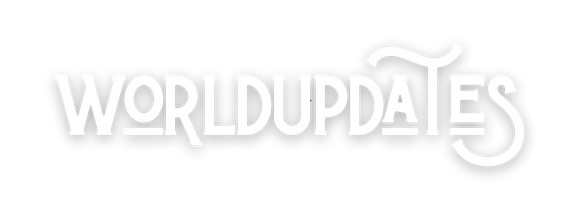
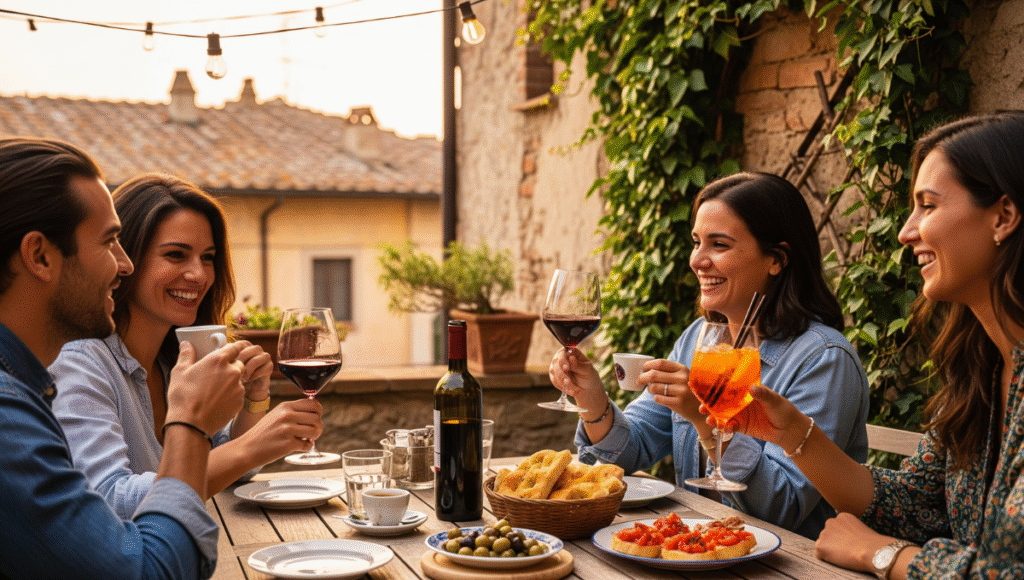






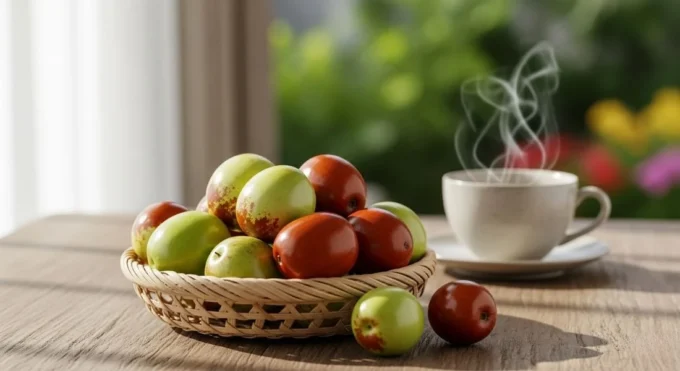
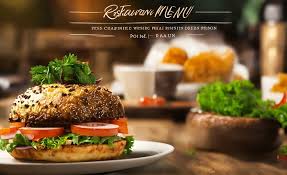
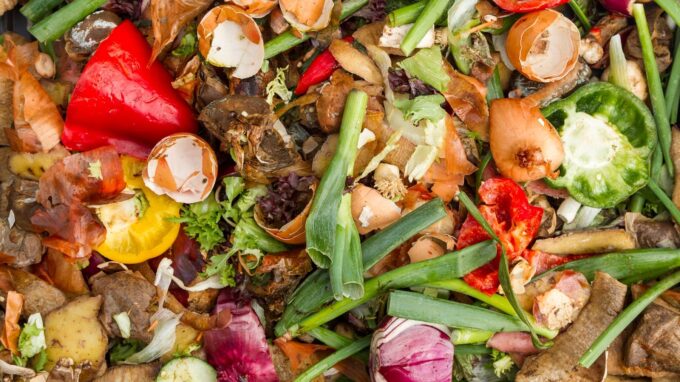



Leave a comment